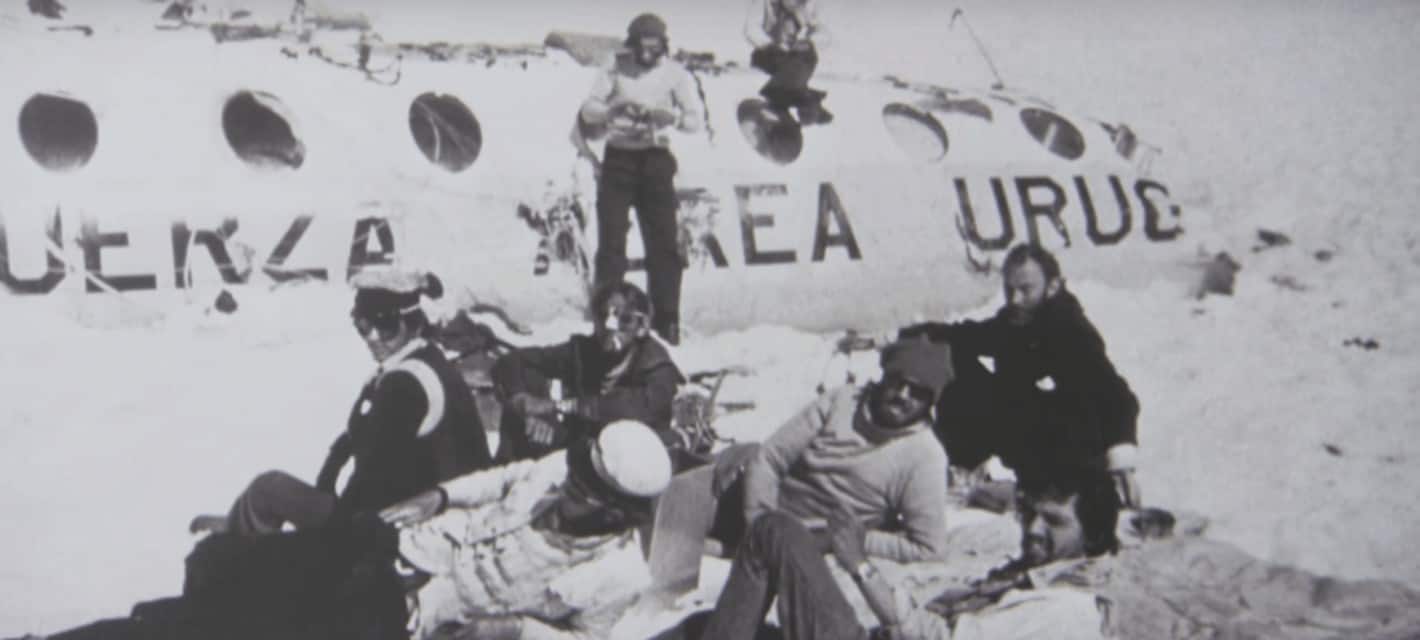On October 13, 1972, Uruguayan Air Force Flight 571 left the city of Mendoza, Argentina carrying the Old Christians Rugby Club of Montevideo, Uruguay to a scheduled game in Santiago, Chile. To get there, the plane would have to fly over the snow-capped peaks of the Andes Mountains. And there were already signs that the flight wouldn’t be easy. The pilot had already made dozens of flights over the Andes. But his co-pilot, whom he was training and who would actually control the plane, hadn’t. Weather conditions over the mountains had grounded the plane shortly after it left Montevideo the day before. And as the plane crossed into the mountains, it was surrounded by dense clouds of mist.
With visibility near zero, the pilot had to rely on his instruments to get a sense of where he was. By mid-afternoon, the plane radioed the air traffic controllers in Santiago to tell them that he was almost to the town of Curicó and was about to descend into Santiago. Relying on the pilot’s report of his position, the tower granted permission to land. In fact, the plane was nowhere near Santiago. The pilot had misread his instruments. Instead of descending towards the airport as he thought, he was on a collision course with a mountain ridge.

As the plane neared the ridge, a sudden blast of wind knocked the plane into a temporary freefall of several hundred feet. The freefall brought them out of the clouds, and for the first time, the pilots could see what was in front of them. Unfortunately, all that was in front of the plane was a solid wall of rock. The pilot immediately pulled up and pushed the throttle down. The plane’s nose rose up at the last moment, allowing the pilots to avoid the ridge. But the sudden maneuver caused the engine to lose power, and the plane clipped the ridge.
The crash tore off the right wing and ripped the fuselage in half. Five people were lost with the tail section of the plane as it went tumbling down the side of the mountain. The front end pitched down the opposite slope. Next, the left wing was ripped off. The wing’s propellor immediately came loose, slicing through part of the fuselage. Two more people were sucked through the hole at the back of the fuselage as the front of the plane slid down the mountain like a sled.

The fuselage skidded down the slope for more than 2,000 feet before colliding with a snowbank. The force of the impact collapsed the cockpit like a soda can, killing one of the pilots. Several seats were ripped out of place and flew towards the front of the plane with the passengers still strapped in by their safety belts, killing several more. Of the 45 passengers that set off from Montevideo, only 33 were still alive after the crash. Many were critically injured. The rest were now trapped thousands of feet up in the Andes. They were alive, at least. But for how long?

